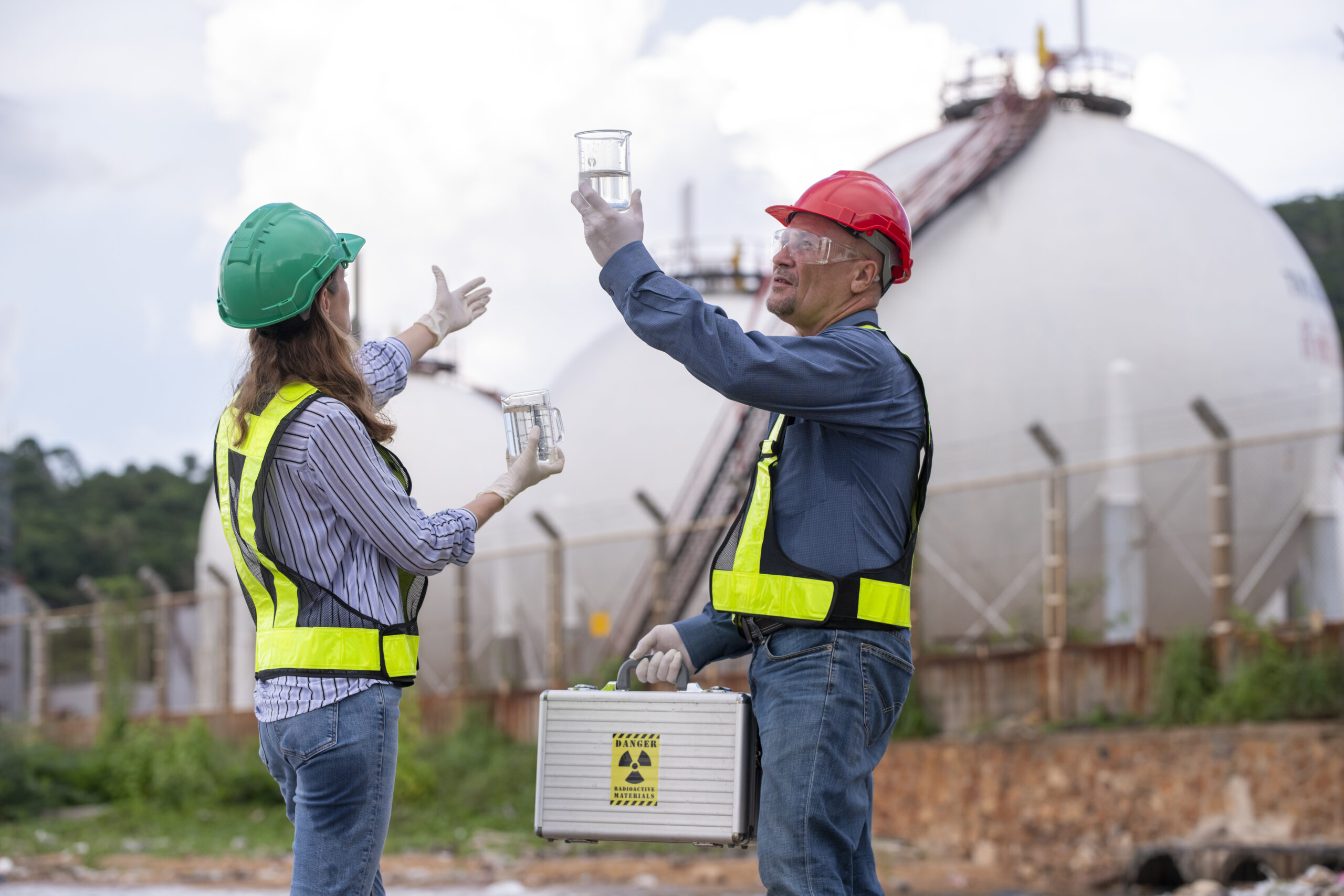What are the Dangers of Radon, and How do You Detect it?
Radon is a naturally occurring, colorless, odorless radioactive gas. Air pollution from radon is ubiquitous. Formed by uranium decay underground, radon can seep into homes and other buildings, exposing you to the risk of lung cancer if you breathe in higher levels over a period of time. Radon testing is essential to prevent exposure and reduce cancer risk through mitigation strategies. Long-term testing can provide accurate results. Mitigation effectively lowers radon to acceptable levels.
The Invisible Threat: What You Should Know About The Critical Dangers of Radon Exposure
Are you aware of the fact that radon exposure doesn’t cause symptoms right away? It can take decades to develop health conditions related to exposure. Symptoms like cough, coughing up bloody mucus, unexplained weight loss, chest pain, and shortness of breath appear only when the lung cancer has progressed to an advanced stage. Radon can escape the soil and get indoors through cracks in floors, walls, or small openings for pipes and wires that aren’t fully sealed. Testing the building you live and work in is the only way to know whether you’re being exposed or not.
| Did you know? Recent studies, such as the European Pooling Study, have shown a direct dose-response relationship between residential radon levels and lung cancer risk, with a 16% increased risk for every 100 Bq/m³ radon concentration. |
Read below to know about this silent danger lurking in your home and the essential detection tips.
Dangers of Radon
Cancer in miners
Mining in general, and uranium mining, especially, has led to significant cancer deaths among miners. Studies showed that workers exposed to radon levels of 2000 to 6000 Bq/m³ for about 10 years showed an increased frequency of lung cancer. Modern mining techniques, including better ventilation for underground mines, routine radiation monitoring, as well as technologies like in-situ leaching, have helped decrease the incidence of radon exposure in miners.
Health risks to adults
Radon R-222 has been classified by the International Agency for Research on Cancer as being carcinogenic to humans. The primary route of radon exposure is through inhalation, and lung cancer is the observed consequence of high radon exposure.
Health risks in children
The physical composition of children leads to faster rates of exposure through inhalation than adults. Numerous studies have found lung cancer, respiratory illnesses, such as asthma, bronchitis, and pneumonia, as the resulting health effects in children. Many ecological studies have shown a positive association between radon exposure and childhood leukemia.
| Did you know? The “Watras Incident” in 1984 highlighted the dangers of high residential radon levels. The US Environmental Protection Agency (EPA) used Stanley Watras’ house as a lab to test mitigation systems, leading to public awareness, the establishment of an established level (4pCi/L), and the development of radon detection techniques. |
How to Detect Radon
- To detect radon, a colorless, odorless gas, you must use a radon testing device. You can either buy an at-home radon test kit online or from a hardware store, or you can hire a certified radon measurement specialist. Long-term tests are more accurate for an average year-round level. Professional testing is recommended for large buildings or during real estate transactions.
- Place the test in the lowest frequently used area of your home, such as the basement. Follow the kit’s instructions for the testing period (short-term test takes 2-7 days, long-term test takes 90 days or more).
- Keep the test undisturbed, and windows and doors should remain closed during the testing period to ensure accurate results. Avoid areas with high humidity or drafts.
- Seal the device and mail it to the laboratory specified on the test kit instructions as soon as the testing period is over.
- The lab will analyze the results and provide a report, indicating your home’s radon levels.
- If radon levels are high, contact your state’s radon office or licensed contractor for guidance on installing a radon reduction system.
- Always test your home again after any repairs to ensure the mitigation system is working effectively.
How to Reduce Radon Levels
Improve ventilation with fans and opening windows. Seal cracks and openings in floors and walls with caulk, and install an active radon sump system to draw gas from under the foundations. You can increase the natural under-floor ventilation for homes with suspended floors.
Conclusion
Radon can damage your lung lining, and prolonged exposure can lead to lung cancer. It is a naturally occurring gas that can seep into your buildings from underground. Radon testing is essential to prevent exposure and reduce cancer risk. Mitigation effectively lowers radon to safer levels.
FAQs
What is the purpose of a radon detection?
The goal of testing is to determine the average annual radon level in normally occupied homes, for the purpose of making mitigation decisions.
What are the dangerous levels of radon?
You are at a higher risk of developing lung cancer if you breathe in high levels of radon gas over a period of time (over 4 pCi/L or 148 Bq/m³).
Do air purifiers help with the radon?
The particles of radon are so small that they can pass right through the filters in air purifiers. Even those equipped with activated carbon aren’t designed to effectively capture radon.





